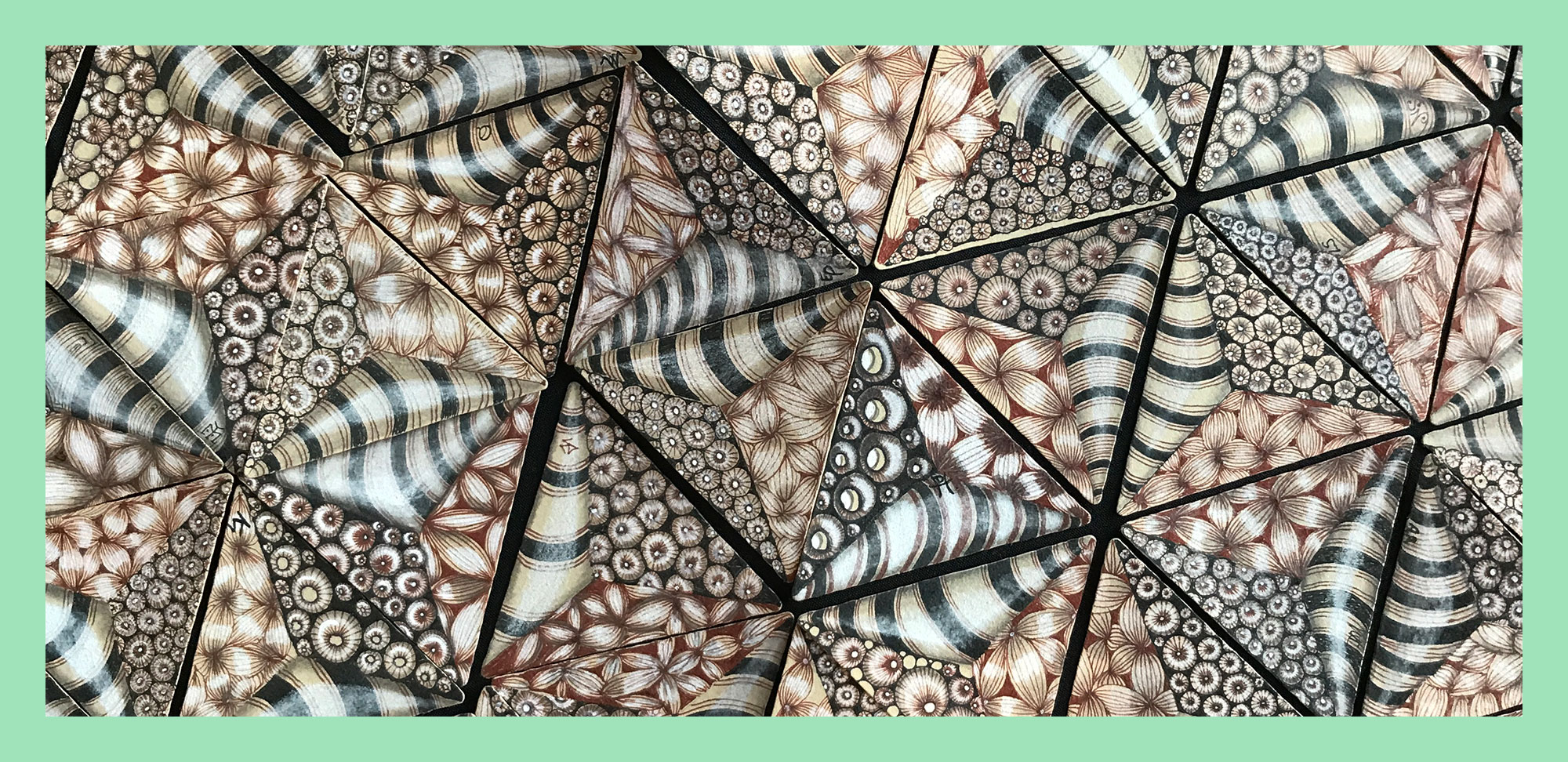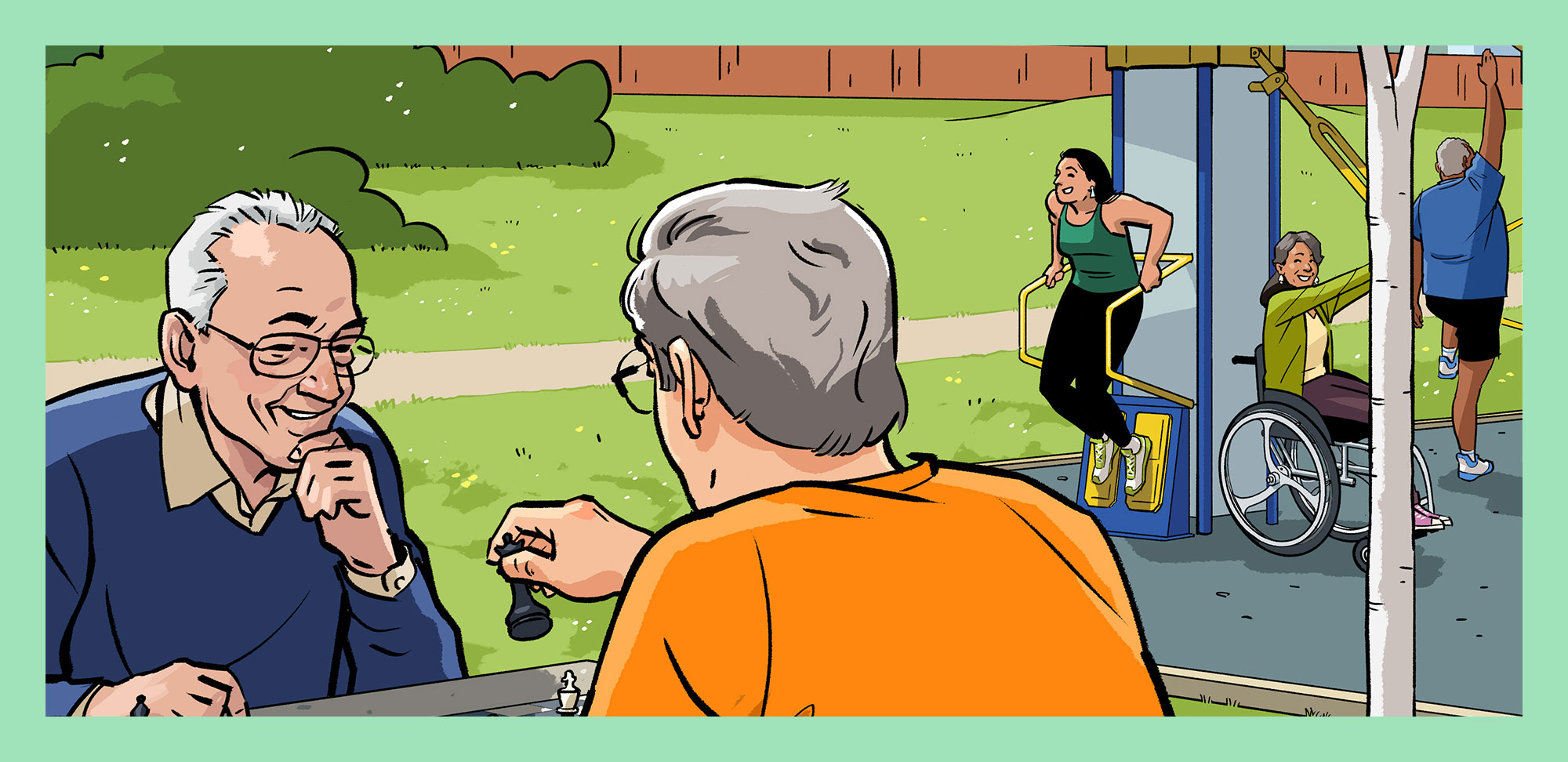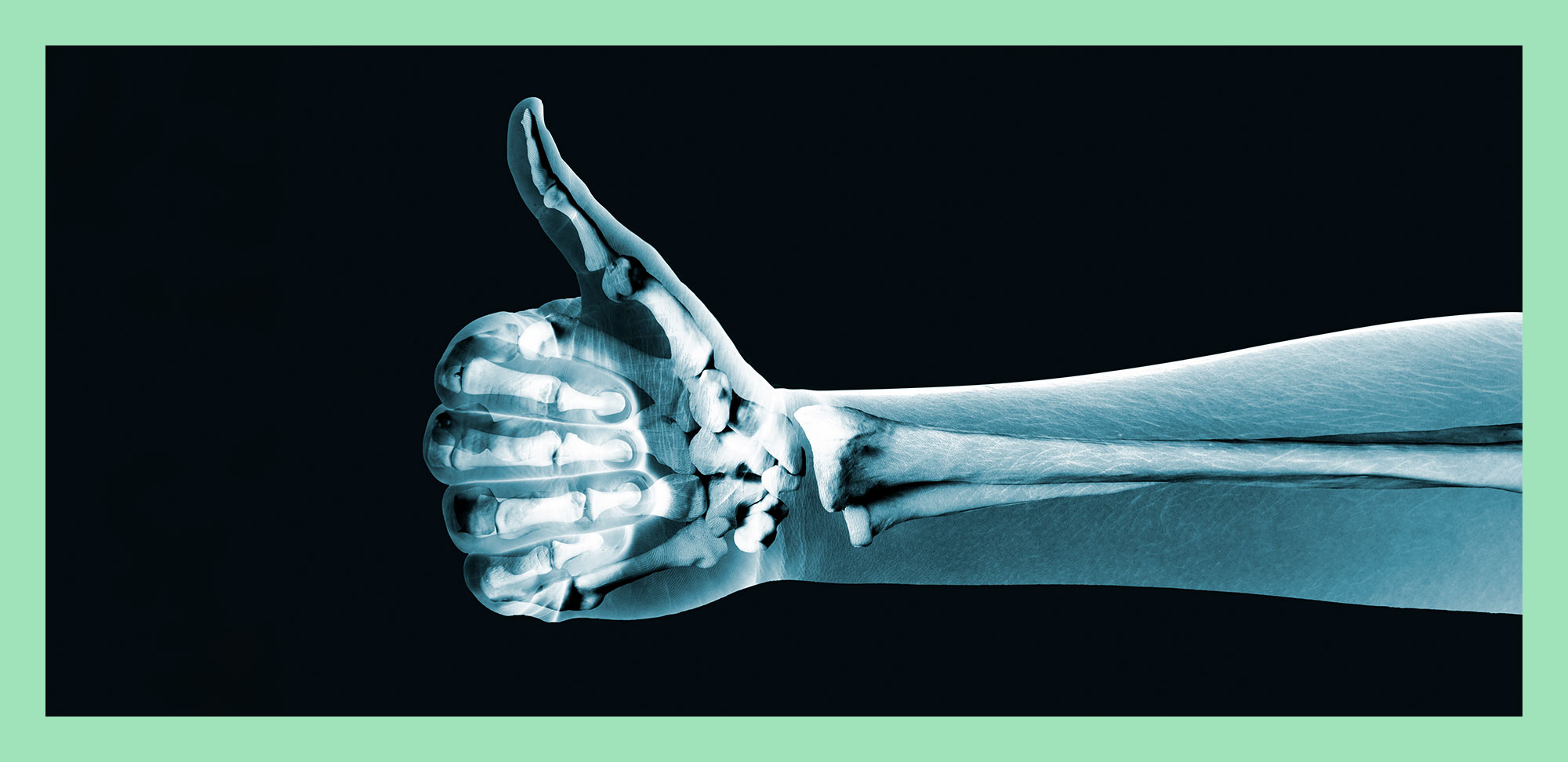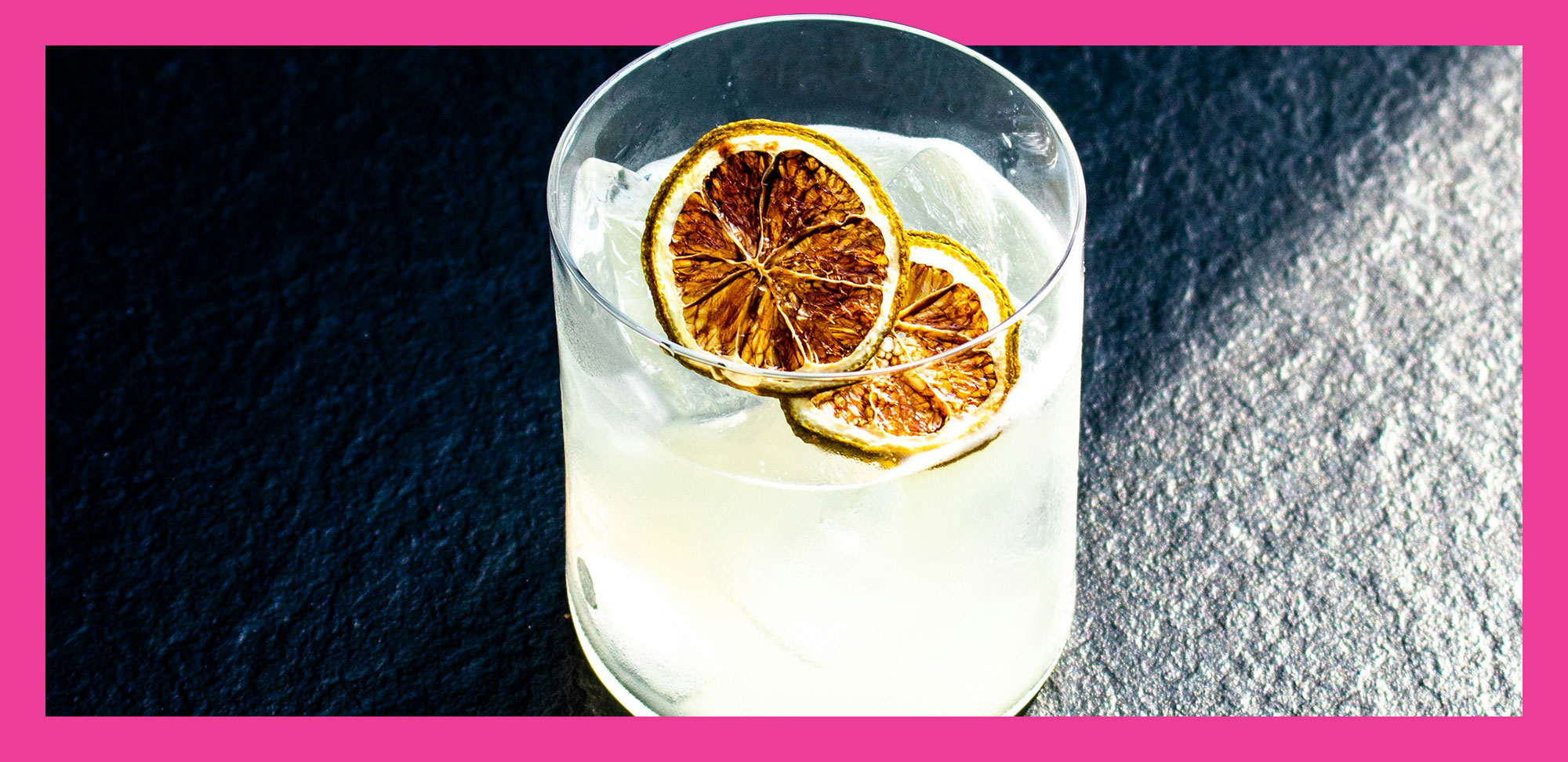The next time you’re outside, close your eyes and listen: dogs barking, birds chirping, children laughing, leaves rustling . . . This is your neighbourhood’s soundscape — not only the sounds we hear, but also the sounds we make.
And those sounds can heal you, physically and mentally. Sound healing or sound therapy “is like a tuning fork for the piano,” says Constance Au, the owner of Heartspace Massage and Healing Arts in Vancouver. “It harmonizes and retunes our body.”
“It can get into the places where medications can’t,” says Philip Jacobs, founder of Toronto Sound Therapy. “It’s the interval, not the note. It’s the dissonance that’s creating that resonance wave that’s helping the nervous system reorganize itself.” Jacobs compares sound therapy to standing in the ocean: You can feel the waves, but you also feel the “undercurrent, that pull. That’s what sound does.”
“On a physical level, [sound therapy] is affecting your cells,” says sound therapist Narissa Young, the owner of Sea of Sound in Nanaimo, B.C. “Every cell in our body is operating at a frequency. You don’t hear them — they’re outside of the audible range — but they’re operating at a particular frequency in order to become a lung cell, a skin cell, a kidney cell.”
Typically offered solo or in pairs — though there are group sessions — sound therapy is an immersive experience through what’s called a sound bath (but there’s no water involved). A sound bath “is a vibrational frequency that washes over the body,” says artist Jessica Gorlicky. “It’s created on the spot, live.” That might be through instruments (crystal bowls, chimes, gongs), voice or low-frequency vibro acoustics, or any combination of these.
“Voice is the simplest and most portable instrument we all have,” Young says. “Group singing is super beneficial.” She’s right: A 2016 study reported that those who sung together reported “higher psychological well-being” than those who sung by themselves.
But even singing solo has its benefits. “If you’re listening to your own voice, it will stimulate the auricular branch of the vagus nerve,” Jacobs says. “There’s instant feedback when you sing and hear yourself. It makes that connection and brings that parasympathetic nervous system online.” (That’s the system that controls the “rest and digest” functions.)
Activating the vagus nerve with sound is very therapeutic, Jacobs adds. By toning (producing vocal sounds, even humming) with the vagus nerve, we’re bypassing the “fight or flight” response and providing people with the opportunity to actually heal themselves, he says.
“Sound therapy can get into the places where medications can’t.” – Philip Jacobs
Why try it
Jacobs says his clients seek him out because they’re not getting any results, and not getting any better. “They’ve come to me because they’ve been put on multiple medications over and over again, non-end.”
“The system isn’t working for them; they need a new system,” adds Gorlicky, who admits that when the Western medical system no longer worked for her, she moved into “other cultures and realms and options.”
Young agrees. “I notice a lot of people who kind of lost faith in traditional medicine whether through COVID or maybe years before,” she says. They realize, she adds, that Western medicine is there for acute situations or emergencies but recognize that they need a team: Maybe it’s acupuncture, sound therapy or massage.
And there are any number of benefits from sound therapy. It may help with stress-related issues, anxiety, sleep disorders. Jacobs himself has seen a range of issues in his clients: neurological disorders, multiple sclerosis, chronic posttraumatic stress disorder, fibromyalgia, addiction, mental health.
Another 2016 study looked at the effect of sound meditation — using Tibetan singing bowls — on mood, anxiety and pain. Following the sound meditation, the 62 participants (both men and women, mean age 49.7) reported less tension, anger, fatigue and depressed mood.
However, if you don’t have access to a sound therapist, don’t fret. Just get outside. “Nature is a full spectrum of frequencies. It’s like a superfood,” Young says. “Going out into nature is the most simple and elegant sound bath you can have.”
Sound bites
- To create and immerse yourself in your own soundscape, go to mynoise.net. You’ll find soundscapes for meditation and relaxation, stress and anxiety relief, sound therapy and much more.
- To hear one of Jacobs’s sound therapy recordings, go to torontosoundtherapy.com and click on “Listen Now.” Choose from a list of five, including The Awakening, The Greeting and The Heart Journey.
- Cymatics is the science of sound made visible. You can see and hear an example of this at nigelstanford.com/cymatics.
- Access a free guide to creating your personal sound healing practice at www.seaofsound.ca.










